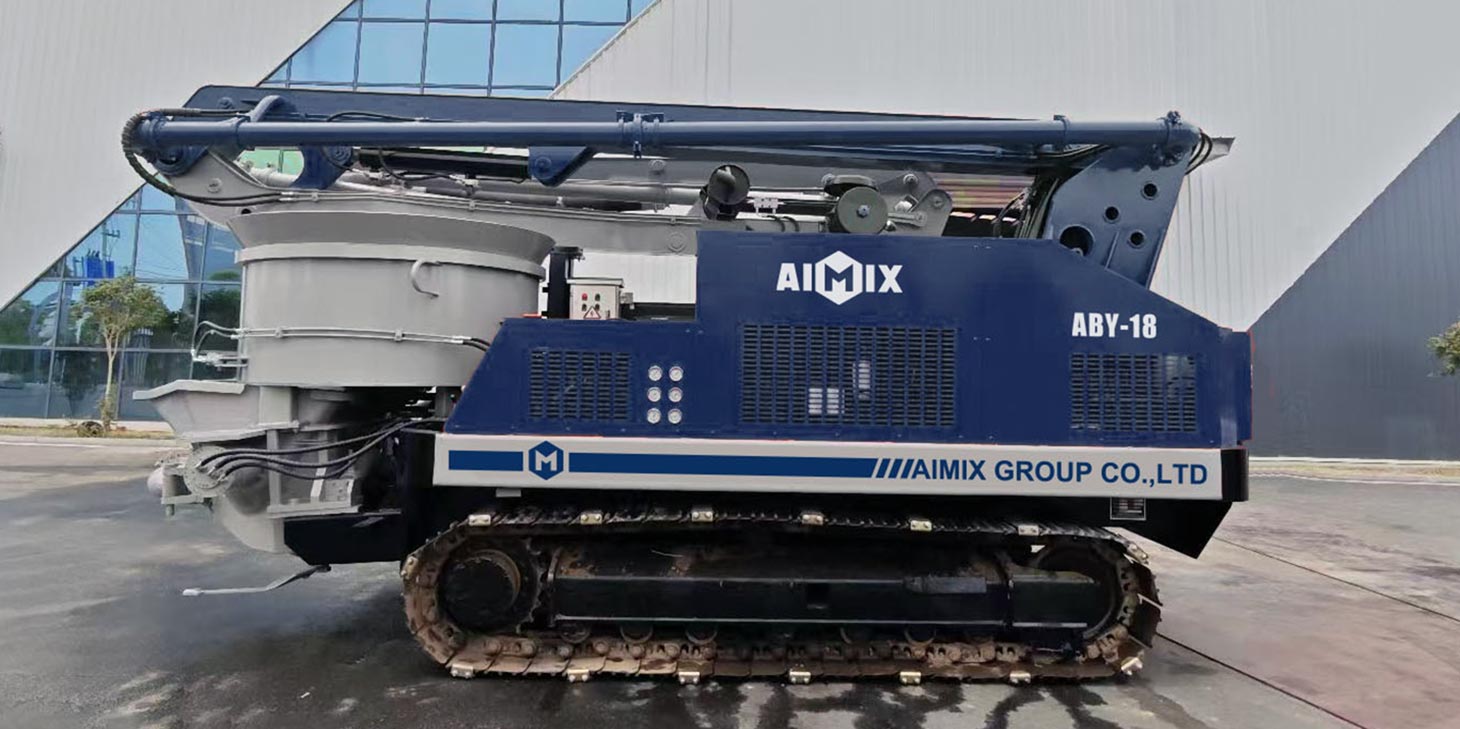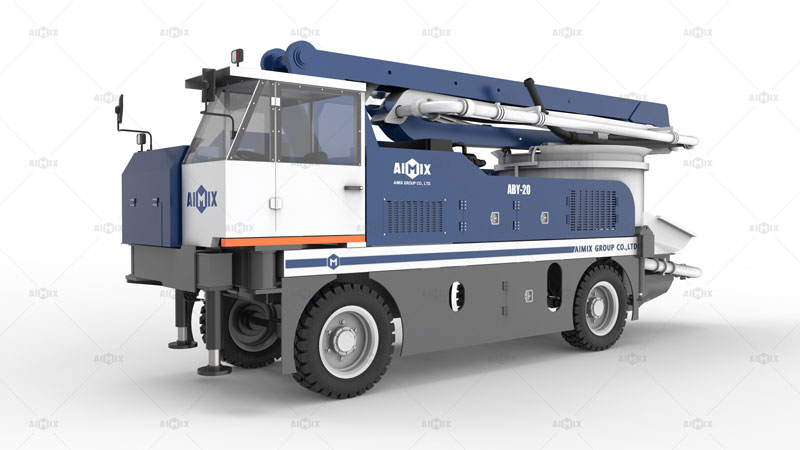In recent years, the construction industry has undergone significant transformations, particularly with the advent of concrete pumps. These machines have alleviated many challenges that investors once faced when conveying concrete to various sites. The evolution of concrete pumps has not only streamlined the delivery process but also improved efficiency and reduced costs. This guide aims to provide an in-depth look at the different types of concrete pumps available, factors influencing their prices, and what you need to consider before making a purchase.
Understanding the intricacies of concrete pumps is essential for anyone looking to invest in this vital equipment. With various options available in the market, it’s important to make informed decisions based on your specific needs and budget. Let’s delve into the types of concrete pumps and the factors affecting their prices.

Types of Concrete Pumps Available
Concrete pumps come in various designs, each tailored for specific functions and project requirements. The two most commonly used types are the boom concrete pump and the trailer concrete pump. Each has unique features that cater to different operational needs, making it essential to understand their differences before making a purchase.
Boom Concrete Pump
The boom concrete pump is recognized for its advanced functionality and higher price point. This machine is designed for large-scale projects where a significant volume of concrete is required quickly. The boom pump is equipped with a long, articulated arm, allowing it to reach high and difficult-to-access areas, making it an ideal choice for construction sites with demanding requirements.
One of the standout features of boom pumps is their automated control panel, enabling the driver to operate the machine efficiently without needing additional labor. The high pumping capacity of boom pumps significantly reduces the chances of delays, making them a worthwhile investment for contractors focused on meeting tight deadlines.

Trailer Concrete Pump
In contrast, the trailer concrete pump is a more affordable option, albeit with some limitations. This type of pump is ideal for small-scale projects where the concrete volume is lower. While it may not have the extensive reach or capacity of a boom pump, it remains a reliable choice for many contractors.
Trailer pumps are typically easier to transport and set up, making them a convenient option for smaller job sites. However, their lower capacity may require more trips to complete larger tasks, which can lead to increased transportation costs over time. Therefore, understanding your project needs is crucial when deciding between these two types of pumps.
Factors Influencing Concrete Pump Prices
The price of concrete pumps can vary widely, influenced by several factors. While there is no standard pricing, the average costs range from $4,500 to $40,000. Knowing what contributes to these concrete pump price differences is essential for making an informed purchase.
Design and Functionality
As mentioned earlier, the design and functionality of the concrete pump play a significant role in its pricing. The boom pump, being more advanced, commands a higher price due to its capabilities. The features incorporated into these machines, such as automation and reach, add to their cost but also enhance their value in high-demand scenarios.
https://youtu.be/q5HFuJ6Usq0
Manufacturer Reputation
The manufacturer of the concrete pump is another crucial factor impacting the price. Established manufacturers with a strong reputation in the market tend to charge more for their products. This is often justified by the quality of materials used in production and the level of service provided, including warranties and maintenance support.
Choosing a well-known brand can offer long-term benefits, such as reliable spare parts availability and superior customer service. While the upfront cost may be higher, the assurance of quality and support can save you money in the long run.
Market Trends and Demand
Market dynamics, including trends and demand for concrete pumps, also influence pricing. In times of high demand, prices may increase accordingly. Keeping an eye on market conditions can help you time your purchase effectively to get the best deal possible.
Conclusion
Investing in a concrete pump is a significant decision that requires careful consideration of various factors. By understanding the different types available, the features that influence pricing, and the importance of manufacturer reputation, you can make a well-informed choice that aligns with your business goals and budget.
Whether you opt for a boom pump for larger projects or a trailer pump for smaller tasks, the right concrete pump can enhance your operational efficiency and deliver significant returns on investment